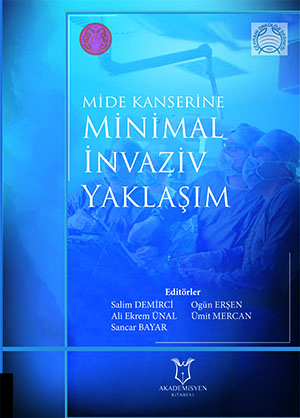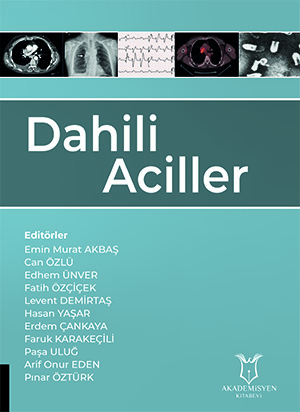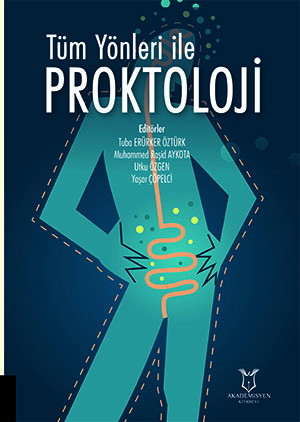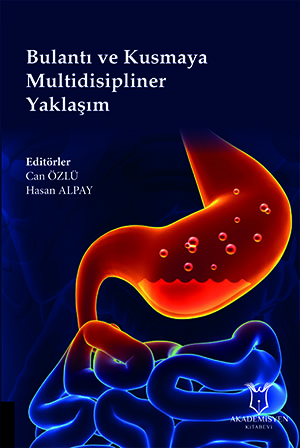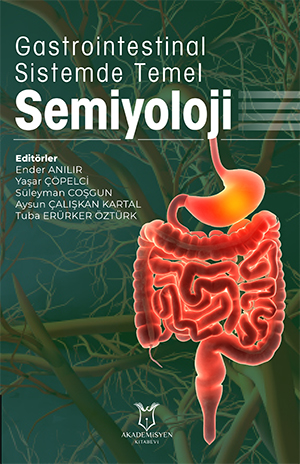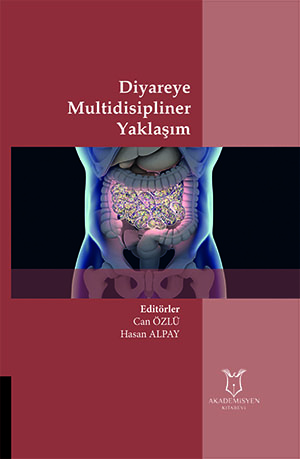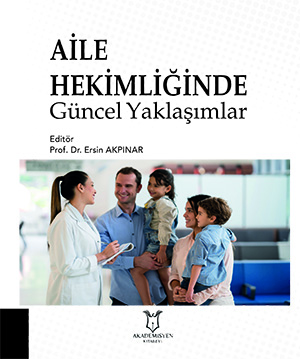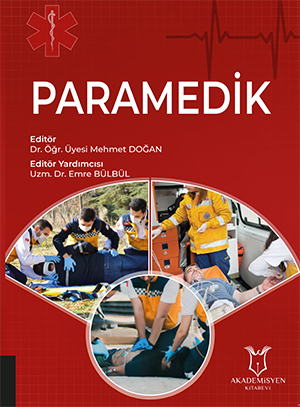Geriatrik Hastalarda Gastroenteropankreatik Nöroendokrin Tümörler
Anahtar Kelimeler
In parallel with the increase in the geriatric
population in recent years, the incidence of malignancy in the elderly is also
increasing. Although neuroendocrine tumors (NETs) are rare tumors of the
gastrointestinal system, especially in the last three decades; Its age-adjusted
incidence appears to increase sixfold. This increasing trend is attributed to
the increase in the diagnosis rate, especially of small tumors, with the
development of diagnostic tests, rather than the increase in the actual incidence
of the disease. The approach to elderly patients diagnosed with
malignancy should be different from the management of other patients. Studies
have shown that elderly patients diagnosed with various malignant diseases are
less frequently referred to the relevant specialty, that the treatments applied
are not at an optimal level, that the treatment rejection rate of elderly
patients is more frequent than other age groups, and that their hospital
follow-up is disrupted. For these reasons, treatment response after cancer diagnosis
is worse in the elderly patient group compared to younger patient groups. When
the studies conducted to date are examined, it is seen that cohort studies are
insufficient in the geriatric patient population diagnosed with NET. New
studies are needed, especially in the geriatric patient population, to
determine treatment modalities and create treatment algorithms. In this section, the general characteristics,
epidemiology, diagnosis, treatment and follow-up methods of NETs seen in the
gastrointestinal system, and the approach to NETs in the geriatric patient
population are described.
Atıf Sayısı :





